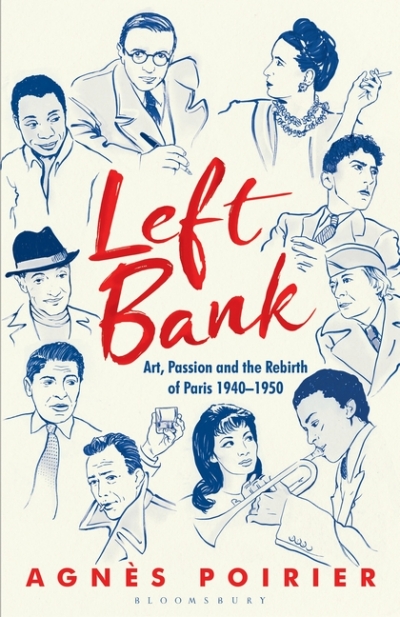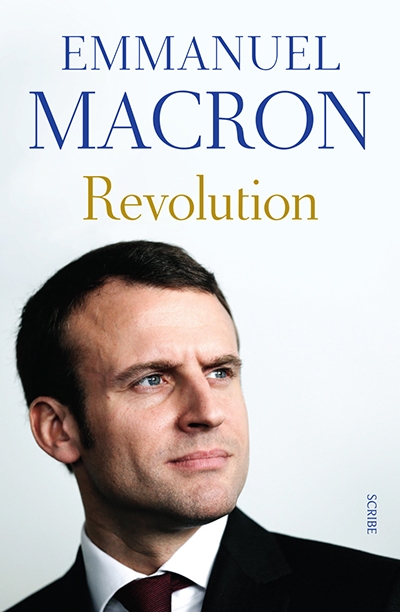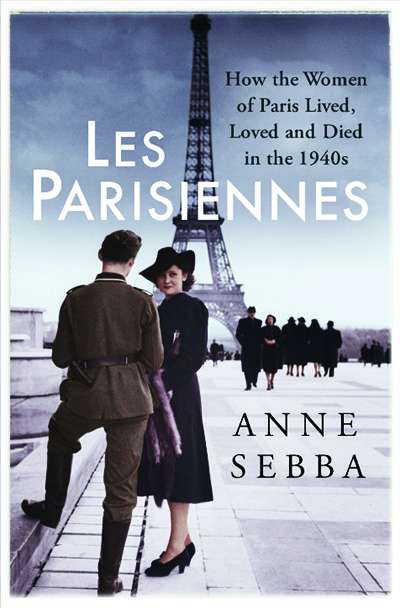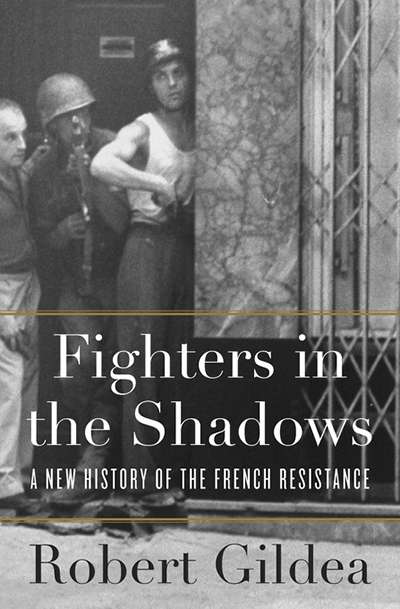Accessibility Tools
- Content scaling 100%
- Font size 100%
- Line height 100%
- Letter spacing 100%
France
The ABR Podcast
Released every Thursday, the ABR podcast features our finest reviews, poetry, fiction, interviews, and commentary.
Subscribe via iTunes, Stitcher, Google, or Spotify, or search for ‘The ABR Podcast’ on your favourite podcast app.
‘Where is Nancy?’ Paradoxes in the pursuit of freedom
by Marilyn Lake
This week on The ABR Podcast, Marilyn Lake reviews The Art of Power: My story as America’s first woman Speaker of the House by Nancy Pelosi. The Art of Power, explains Lake, tells how Pelosi, ‘a mother of five and a housewife from California’, became the first woman Speaker of the United States House of Representatives. Marilyn Lake is a Professorial Fellow at the University of Melbourne. Listen to Marilyn Lake’s ‘Where is Nancy?’ Paradoxes in the pursuit of freedom’, published in the November issue of ABR.
Recent episodes:
A Certain Idea of France: The life of Charles de Gaulle by Julian Jackson
Left Bank: Art, Passion and the Rebirth of Paris 1940–1950 by Agnès Poirier
Revolution by Emmanuel Macron, translated by Jonathan Goldberg and Juliette Scott & The French Exception by Adam Plowright
Springtime allows Parisians to indulge their predilection for life en terrasse. Trees and gardens are blooming, neighbourhood markets and squares are coming alive, and the newly pedestrianised right bank of the Seine is busy with walkers and cyclists.
A rollerblading poet stopped to cadge some tobacco from a friend of mine as we were sitting outside a bar on ...
Les Parisiennes: How the women of Paris lived, loved, and died in the 1940s by Anne Sebba
Peter Rose interviews ABR contributor Lee Christofis, who recently attended a number of exhibitions in Paris showcasing works by Léon Bakst, Cy Twombly, and Arnold Schoenberg among others. His visit coincided with the fortieth birthday of the Pompidou Centre. Lee's 'Letter from P ...
Fighters in the Shadows: A new history of the French Resistance by Robert Gildea
After the horrific massacres in Paris and the ensuing ones in Belgium that were purportedly intended for France, the French were spontaneously drawn together ...
... (read more)







